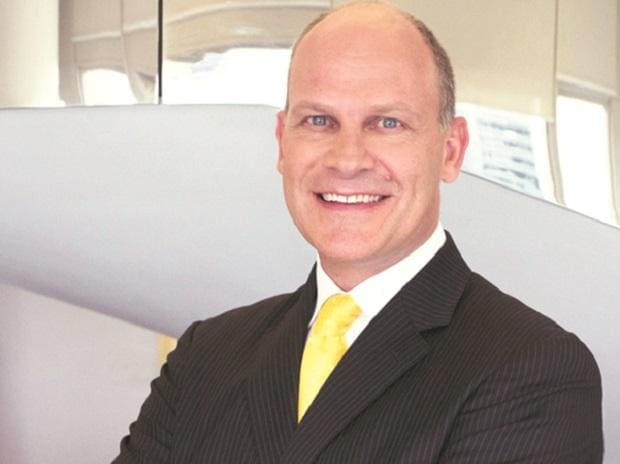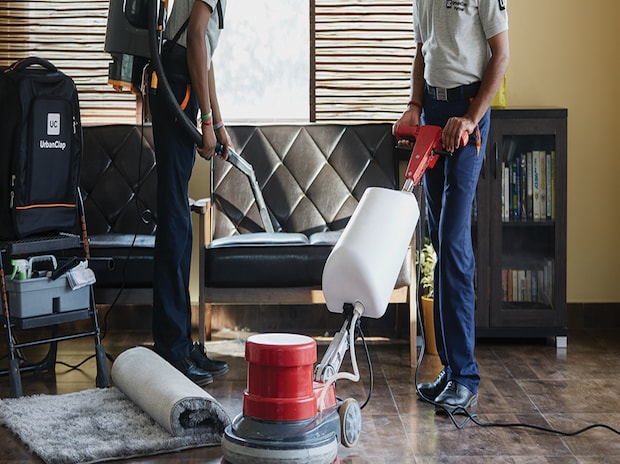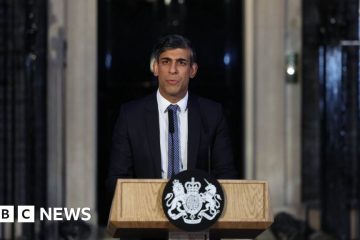Running an airline in a joint venture (JV) is always a bit more challenging, especially when it comes to issues related to capital contribution by each of the partners, Air India Managing Director and Chief Executive Officer Campbell Wilson said on Tuesday.
Vistara, which is a 51:49 JV between Tata Sons and Singapore Airlines (SIA), has been making losses since its launch in 2015.
SIA last week informed the Singapore stock exchange that it was engaged in confidential talks with Tata Sons for merging Vistara with Air India, in a first acknowledgement of a possible integration of the two airlines.
During an interaction with reporters on Tuesday, Wilson was asked what would be different for Air India under Tata Sons when neither Vistara nor Tata Sons-owned AirAsia India managed to become big players in the Indian market.
Wilson, a veteran of SIA who took charge of Air India in August, said in response: “First, it is quite challenging to build scale. Air India already has scale. So, whether it comes to aircraft or slots or market recognition or distribution or alliance relationships, we are not doing this from scratch. We are doing this from a running start.”
He said Air India was 100 per cent owned by Tata Sons. “I am not casting aspersions on any joint venture partner, but a partnership is always a little bit more challenging when it comes to capital contribution,” he added.
“A 100 per cent entity can take a singular, and in our case, a long-term view, whereas, by definition, a joint venture can’t take a single view. There are two views,” Wilson noted.
Tata Sons owns 83.67 per cent in AirAsia India and the rest is held by Malaysia-based AirAsia Berhad. Like Vistara, AirAsia India has also been making only losses since its launch in 2014.
Wilson said the seats in the 43 existing wide-body planes in Air India’s fleet will be completely refurbished by early next year. He said the airline will expand its international market share from 12 per cent at present to 30 per cent in five years.
Similarly, in the domestic market, the carrier will increase market share from 10 per cent to 30 per cent in five years, Wilson added.
He said Air India is currently in its “taxiing phase”, wherein the airline is “trying to identify and redress all of the things that tarnished or continue to tarnish Air India brand”. At this stage, the airline is addressing all the “cumulative grievances”, he added.
Then, the airline will have a “take off phase” where it will accelerate the investment in systems and processes and people and equipment including aircraft that will be necessary to bring the carrier to the heights it aims to achieve, he noted. “That will take about three years,” he mentioned.
At the end of the take off phase, the airline aims to aspire from being “very good” to ultimately becoming “world class”, he noted.
Wilson said in addition to the 30 planes that the airline recently leased, it is open to leasing more to expand operations quickly. Air India’s current fleet comprises 70 narrow-body planes and 43 wide-body planes. The 30 recently-leased planes will join its fleet by December 2023.
Air India is in touch with aircraft manufacturers to place an order that will help grow its fleet threefold in the next five years, he added.
He said Air India has become an “employer of choice” and it received overwhelming response from professionals, when it opened hiring recently for various posts.
Note:- (Not all news on the site expresses the point of view of the site, but we transmit this news automatically and translate it through programmatic technology on the site and not from a human editor. The content is auto-generated from a syndicated feed.))



